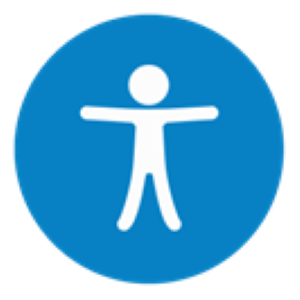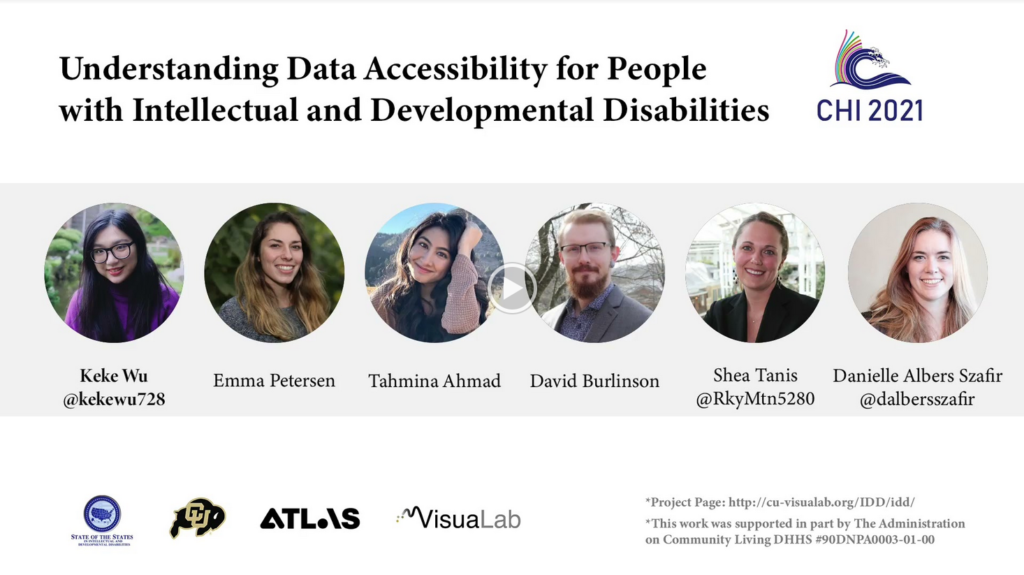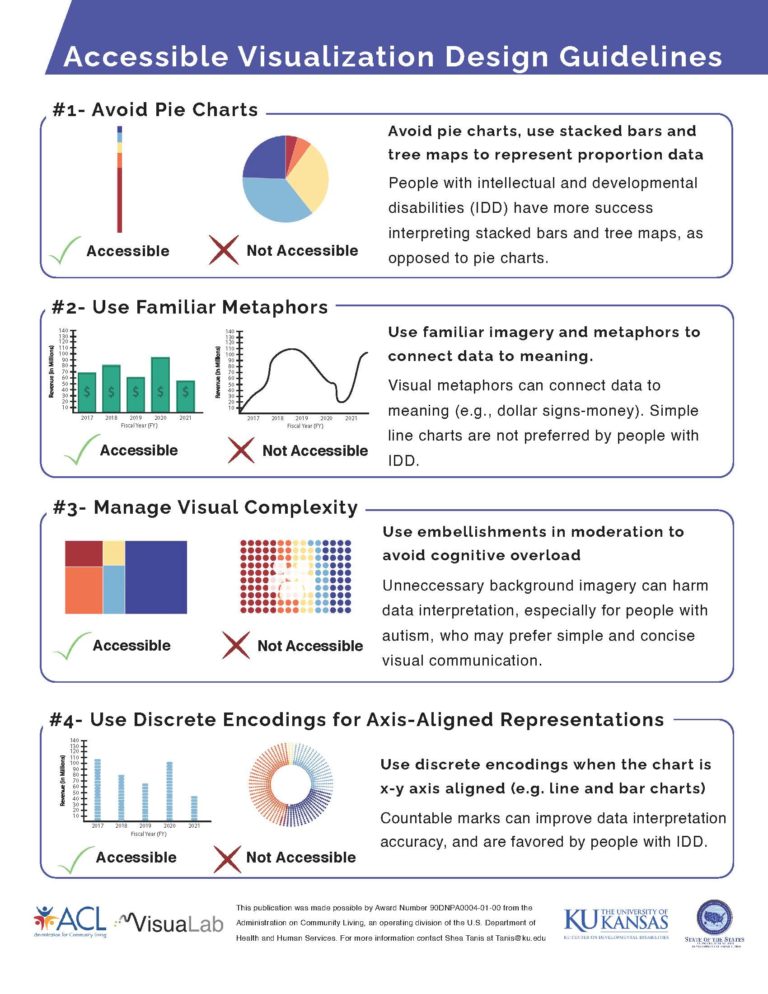Accessible Data
Accessibility

The Office for Civil Rights (OCR) at the U.S. Department of Education defines accessibility as meaning “when a person with a disability is afforded the opportunity to acquire the same information, engage in the same interactions, and enjoy the same services as a person without a disability in an equally integrated and equally effective manner, with substantially equivalent ease of use.”
Plain and Accessible Language
Plain and accessible language not only supports understanding but belonging. Plain language is language that is understood the first time a person reads it.
Below are some resources generated by partners on plain and easy language
What is plain language? plainlanguage.gov
Plain-Language-Checklist gmsavt.org (PDF)
How to Write Using Plain Language – Green Mountain Self-Advocates
Accessible Data Visualizations
For decades the State of the States in Intellectual and Developmental Disabilities has been working with our project advisory board and experts with lived experience to customize our data and briefs to meet the needs of our community. In 2018, we began validating our understanding of accessible data visualizations. We partnered with the VisuaLab at the University of Colorado, Boulder, Dr. Danielle Albers Szafir and Keke Wu to apply data visualization research methods to investigate accessibility for people with cognitive disabilities. Our research and subsequent guidelines on accessibility of data visualizations for people with IDD won a best paper award at the CHI 2021 Virtual Conference

Understanding Data Accessibility for People with Intellectual and Developmental Disabilities (PDF)
We continue our work on accessible data visualization for people with IDD. For more information or to participate in one of our studies contact the project team.
Related Resources
- One Idea Per Line: A Guide to Making Easy Read Resources (PDF)
- Plain Language Formats: Self Advocacy Resource and Technical Assistance (PDF)
